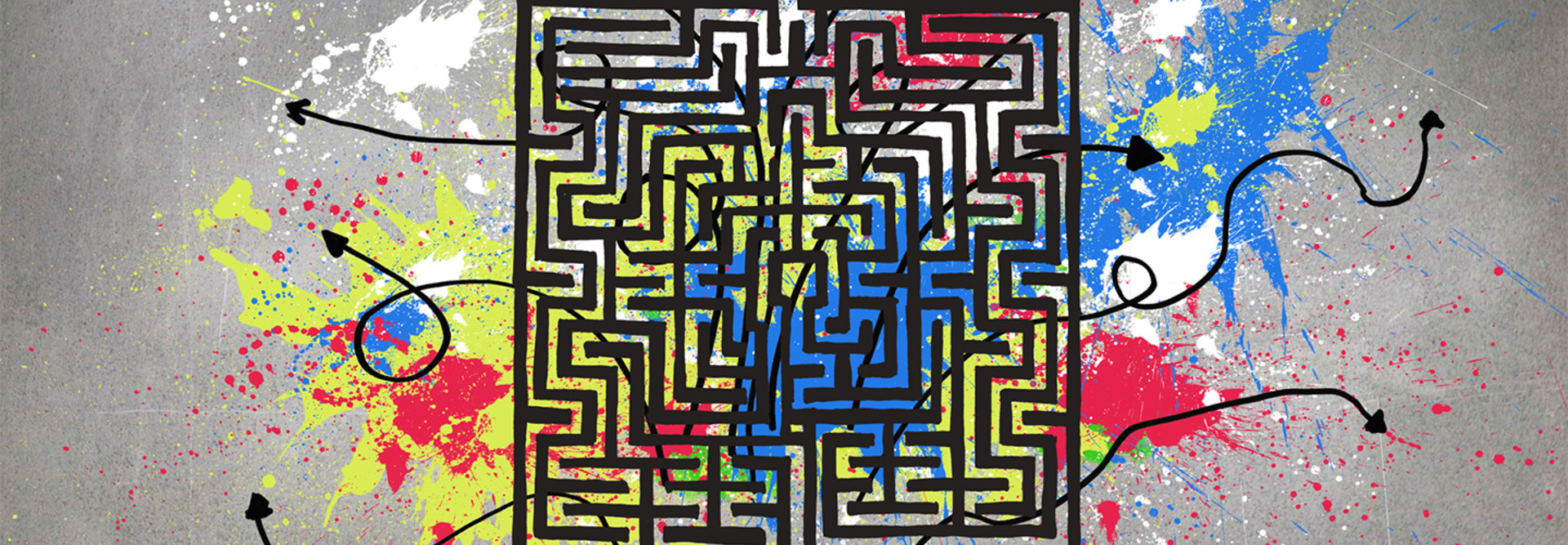Tech Tips for Teachers: 3 Ways to Use QR Codes in the Classroom
Although QR codes have long since lost their shiny, new glow, the technology hasn’t lost its value in education.
The rise of one-to-one computing and bring-your-own-device programs in K–12 schools means students access digital learning tools more than ever before. And QR codes, which launch websites with the click of a button, make it so students can spend more time learning and less time typing out complicated URLs.
Here are three specific uses for QR codes in the classroom, curated from educators around the web:
1. Distribute Classroom Materials
As part of the one-to-one program at Boyne City High School in Michigan, English teacher Aaron Fritzsche posts a list of QR codes on each student’s desk to provide quick access to regularly used resources, including the class website, Google Drive and an online assessment tool.
Two rotating QR codes direct students to readings, videos or other resources specific to the day’s lesson, a post on the Boyne City Public Schools blog states. Fritzsche uses the free QR code generator Snap.vu to update these QR codes at will.
“If we are talking about a topic in class, and someone has something to share that we should all access on the [tablets], I can change the link to the QR code within 30 seconds,” Fritzsche says.
2. Share Student Work
While students’ artwork, essays and posters can be displayed on classroom bulletin boards, student-made videos and blogs aren’t so easily shared. QR codes help solve this issue: By posting codes to these projects in the same spaces where students are accustomed to viewing each other’s work, teachers make it possible to showcase digital assignments.
QR codes can also make traditional bulletin boards more interactive. On her blog, Tammy’s Technology Tips for Teachers, educator Tammy Worcester Tang recommends adding QR codes below student artwork to provide additional information about the creator.
Teachers who want to display digital components in their schools can learn how to generate QR codes in large batches with help from her step-by-step instructions and editable Google templates.
3. Collect Information from Students and Parents
Finally, teachers who gather feedback via Google Forms can use QR codes to share surveys with parents and students. The regular sharing features in Google Forms would require that respondents follow a link sent via email or posted on a website or social media site.
“At an open house night, families can scan the QR code with their mobile devices to access a Google Form,” writes education technology consultation and Class Tech Tips blogger Monica Burns. “This is an easy way to collect information from parents at events.”
Take a look back in the EdTech: Focus on K–12 vault for more tips for using QR codes to connect school and home.









